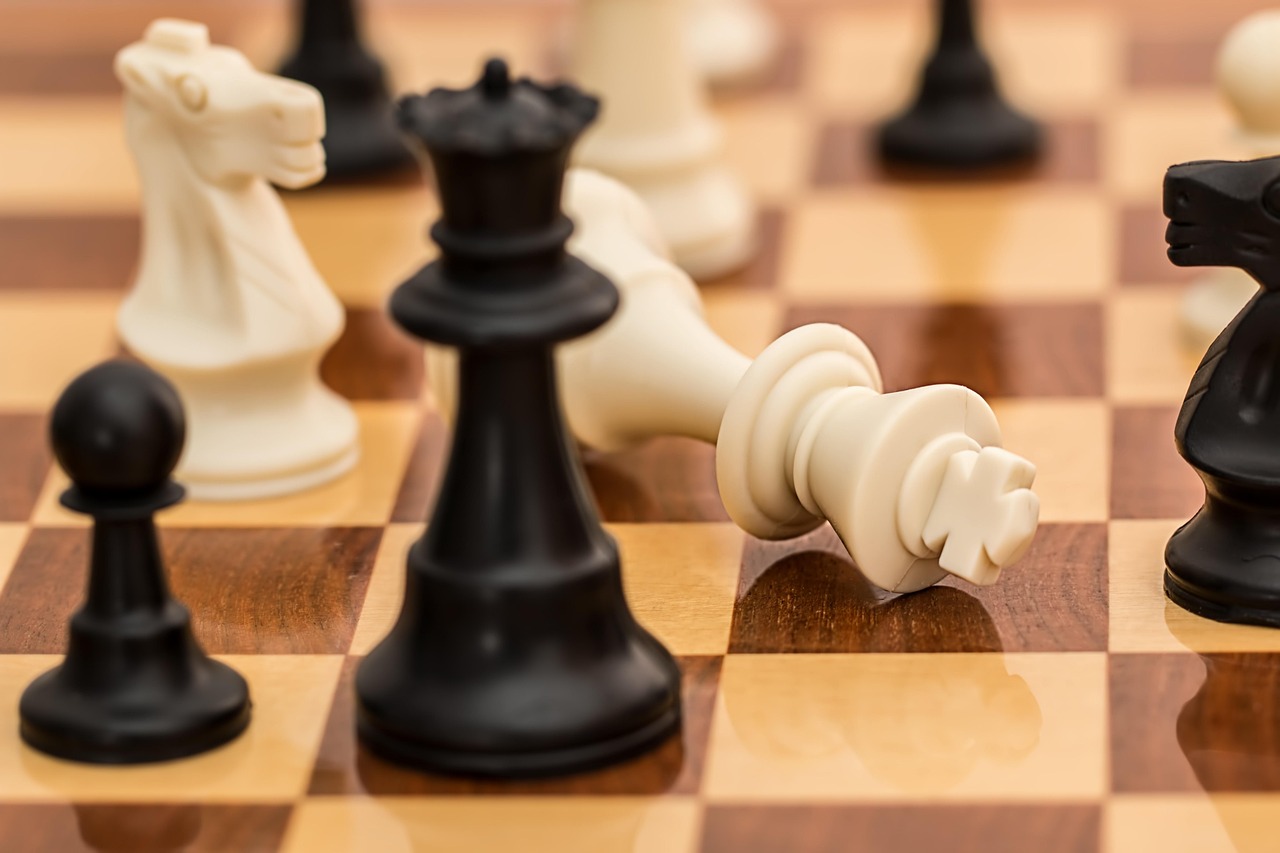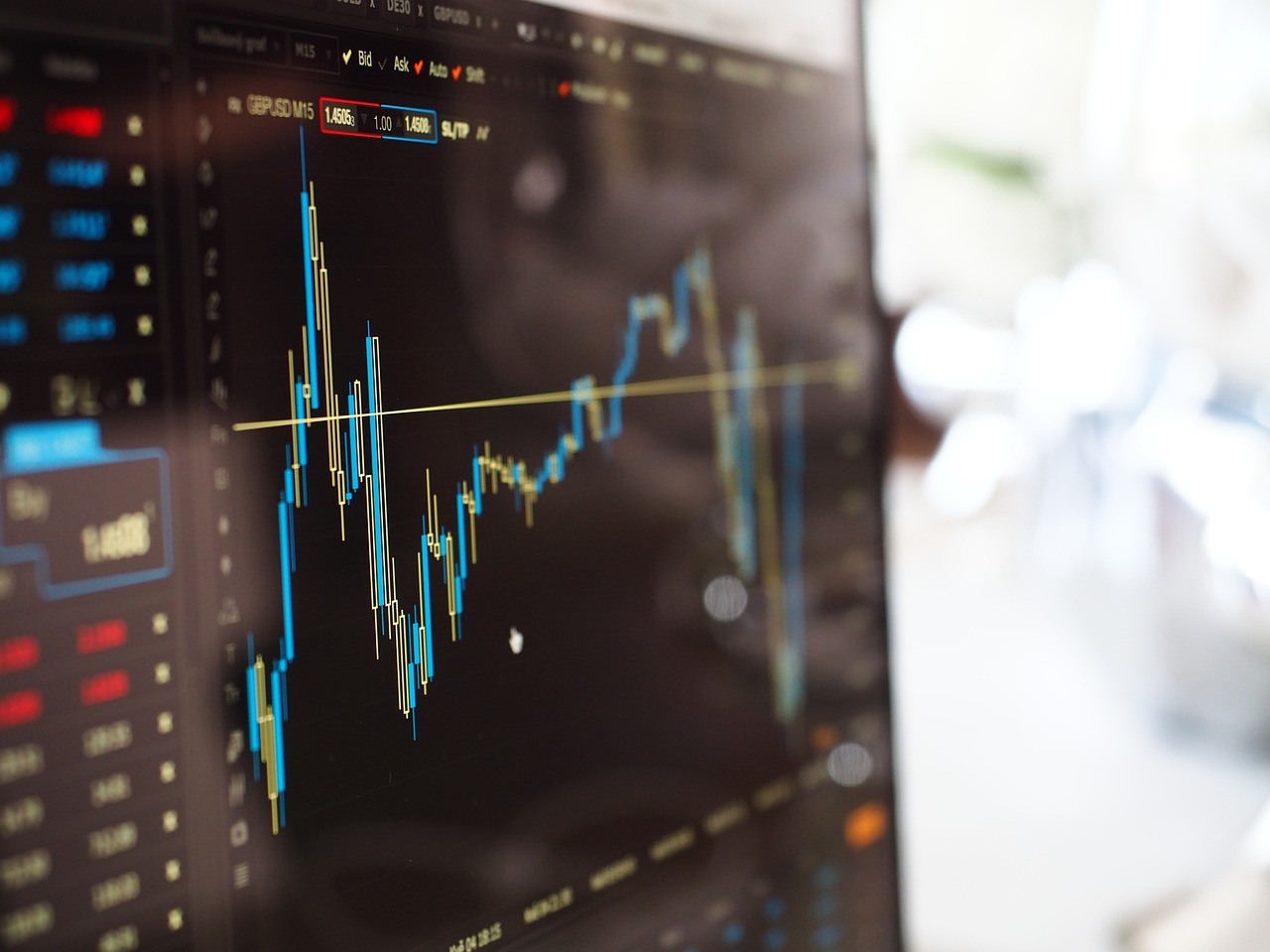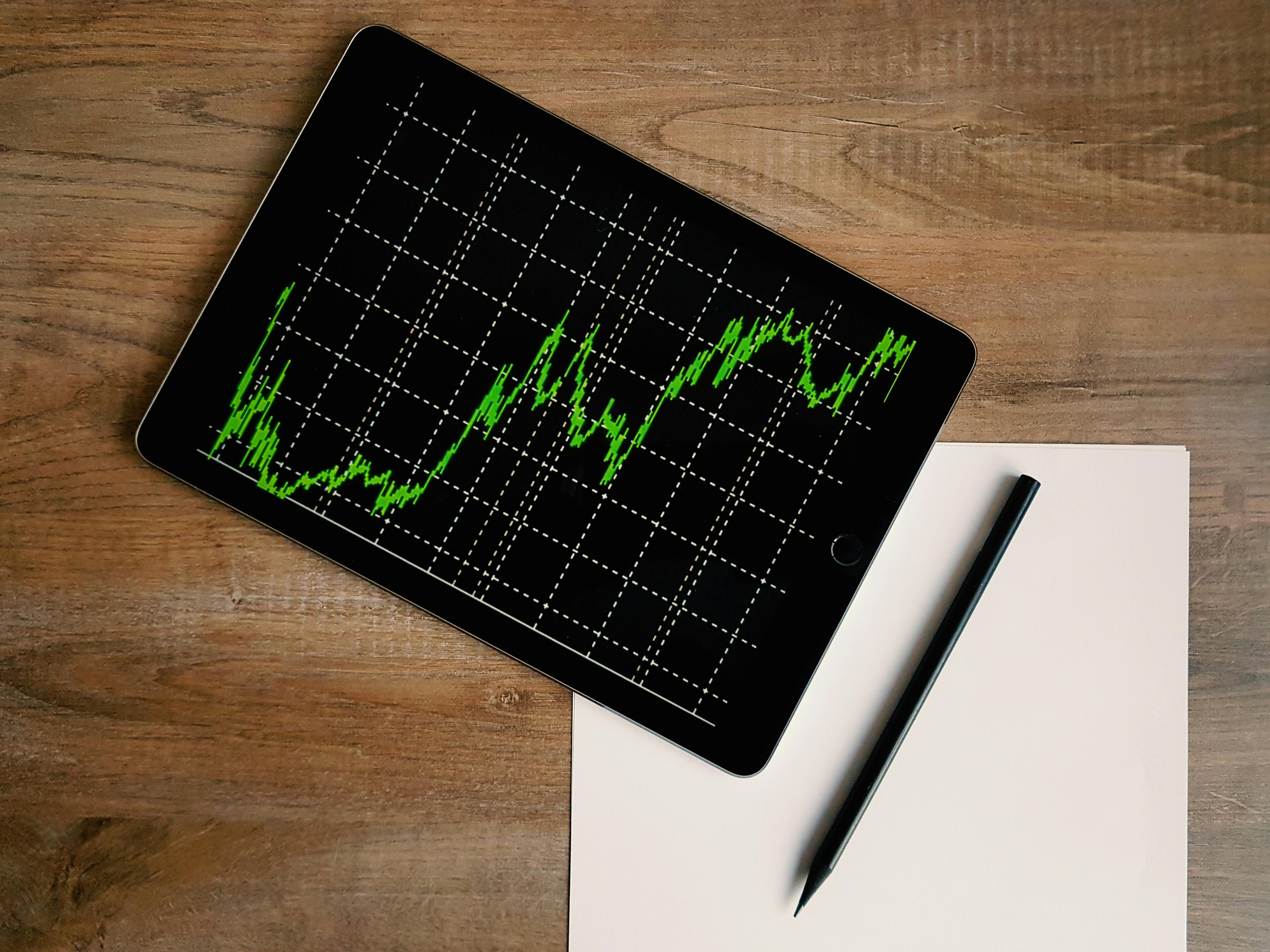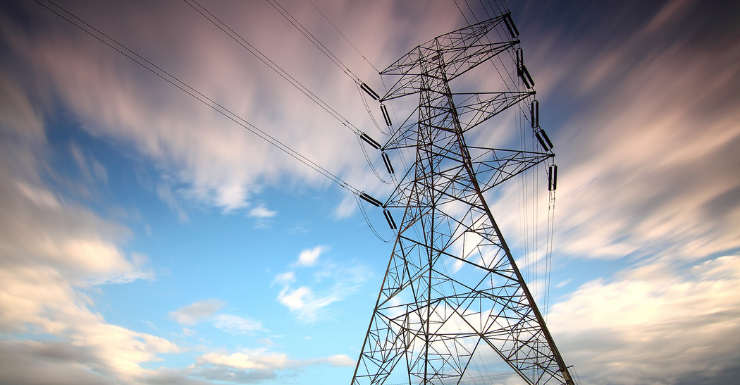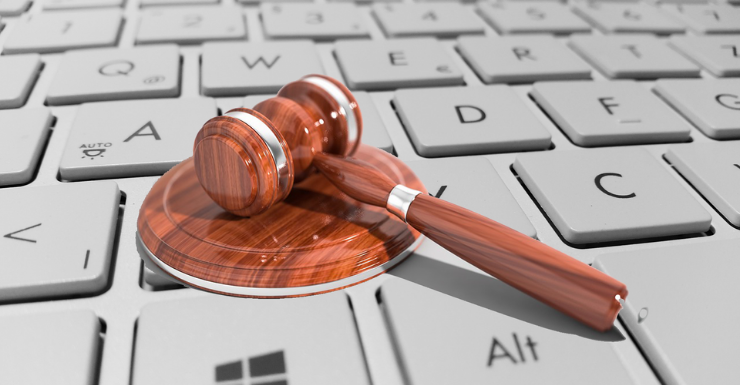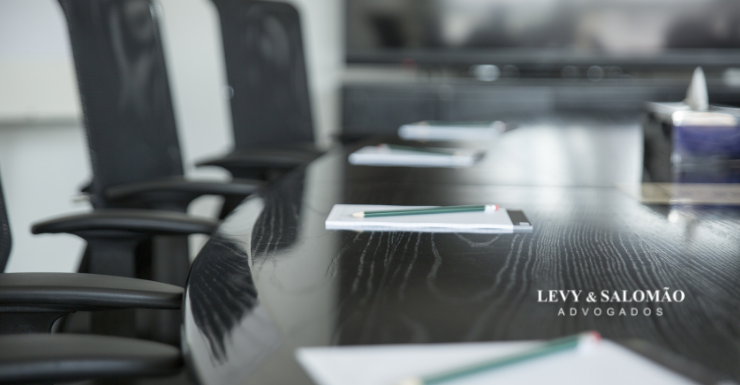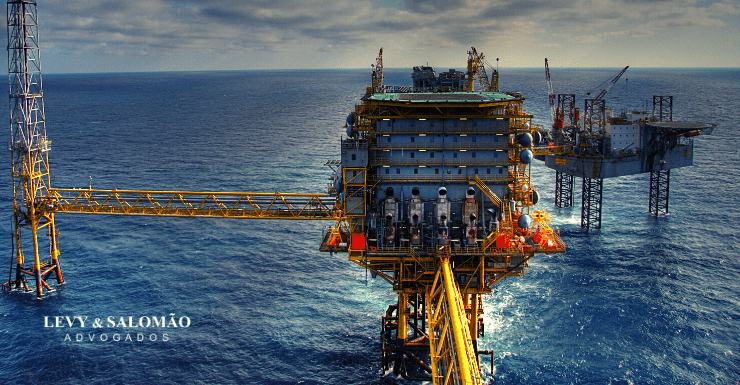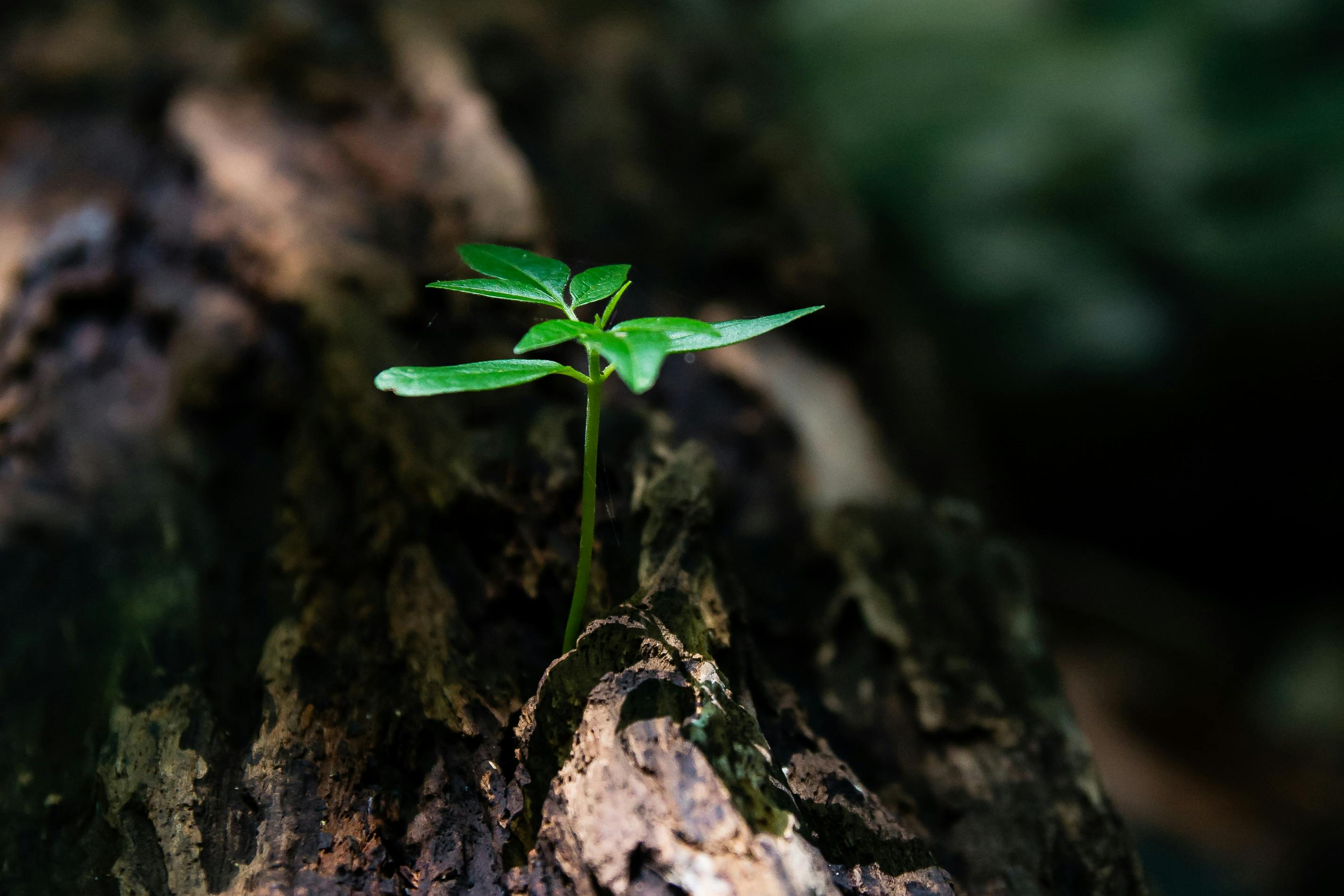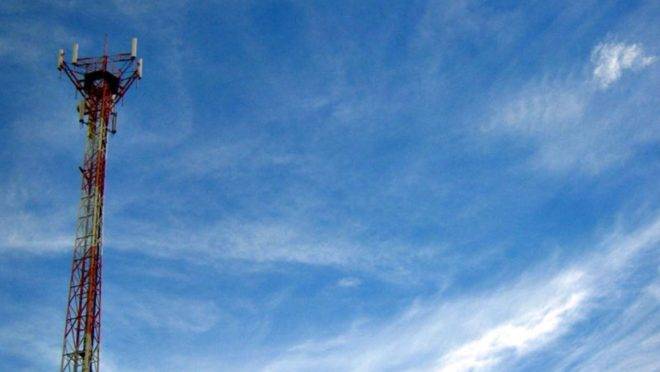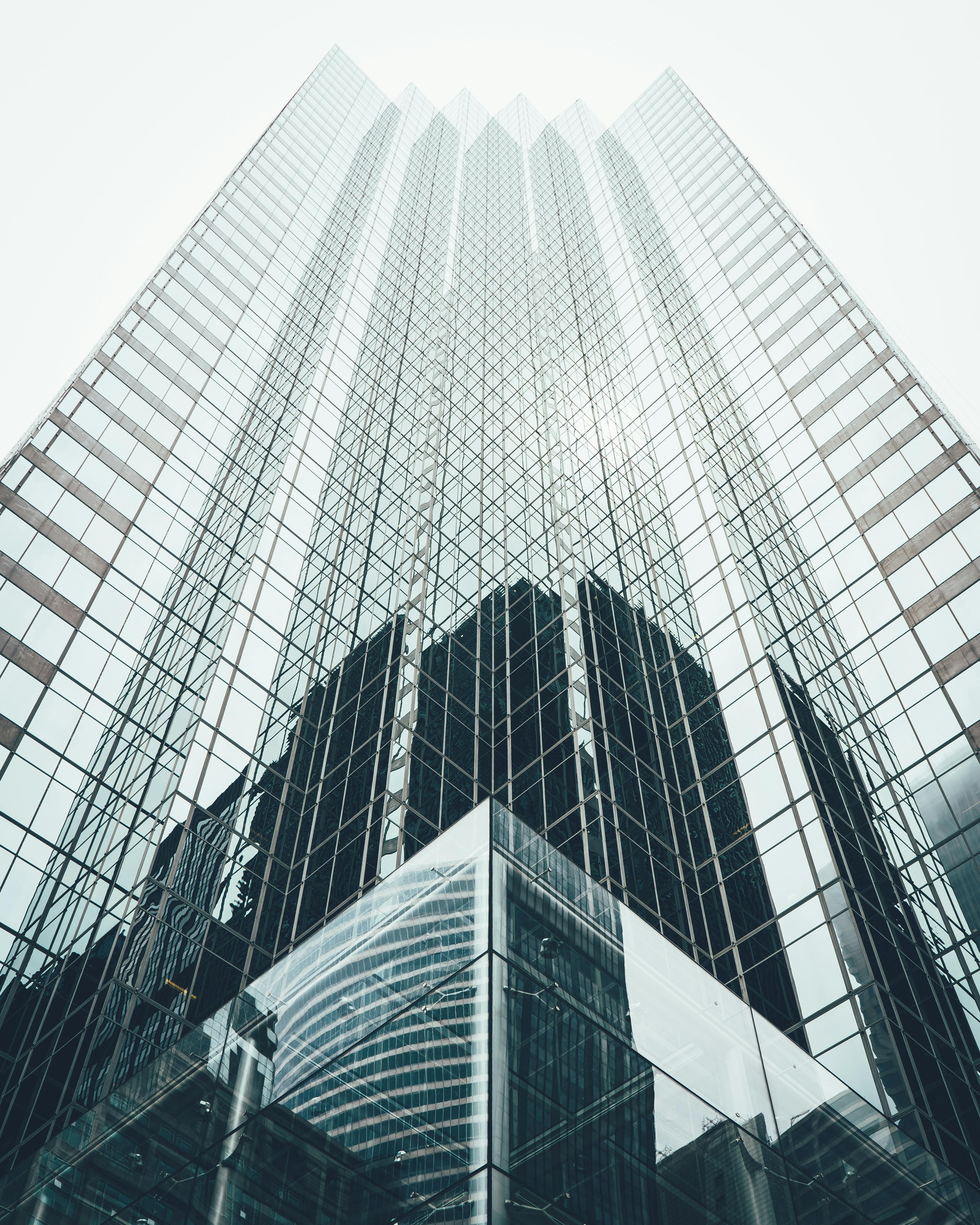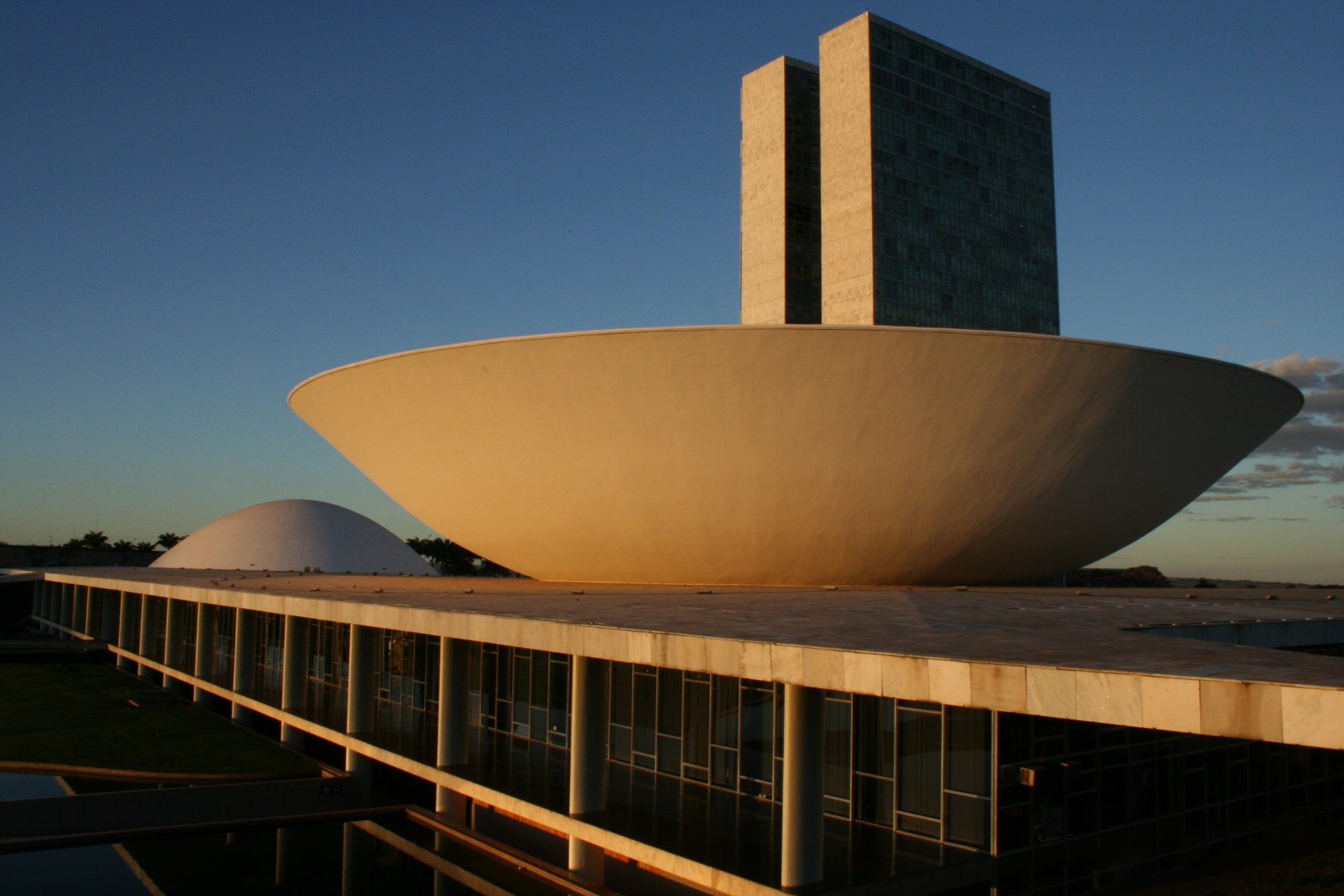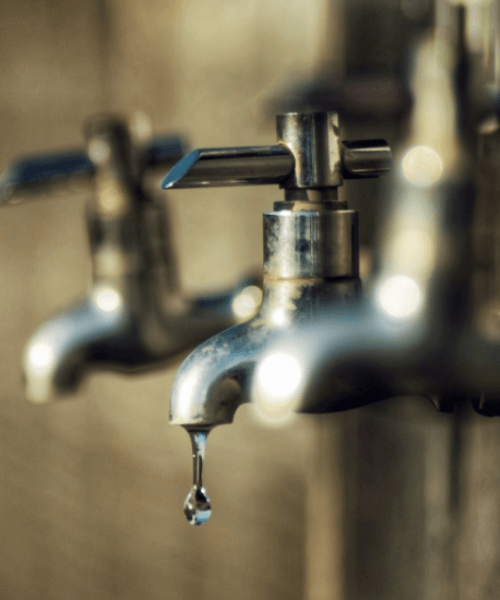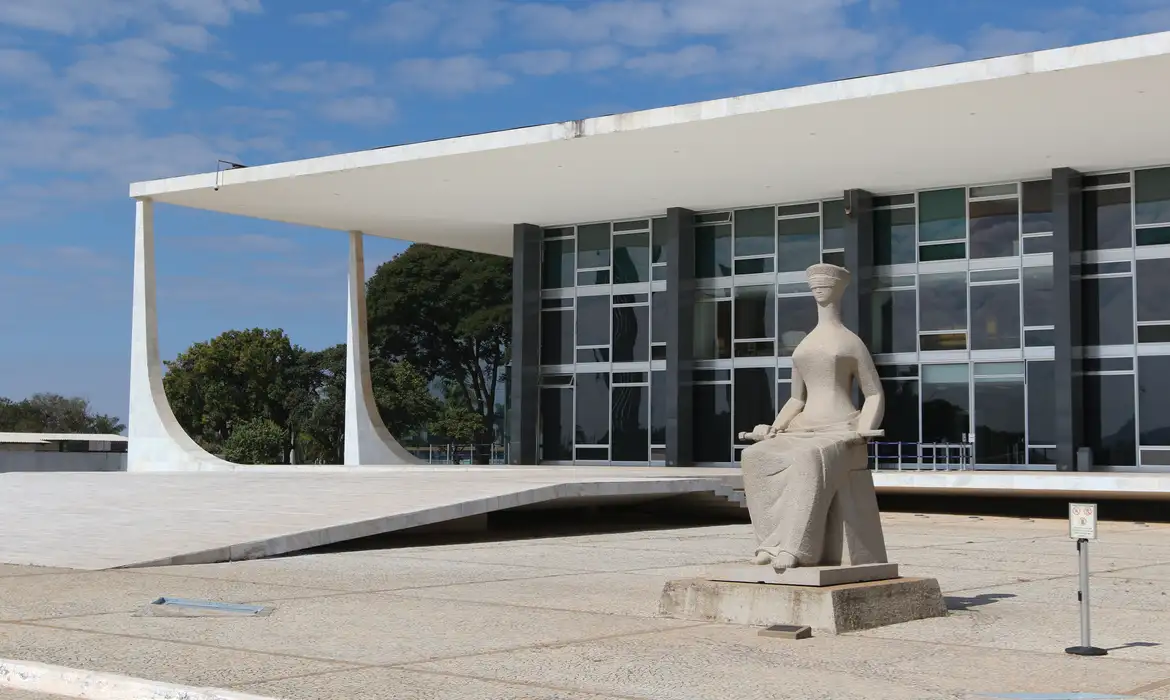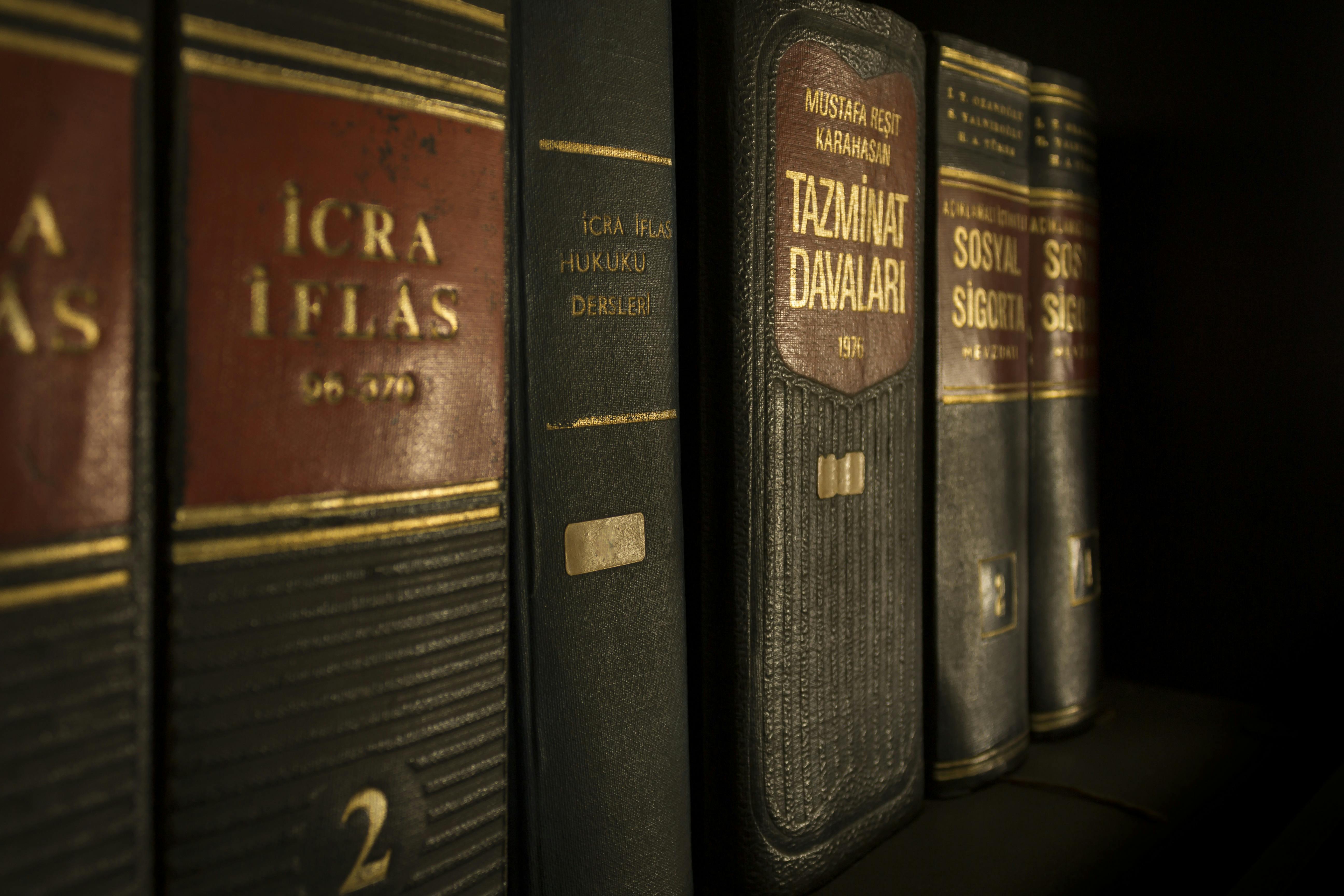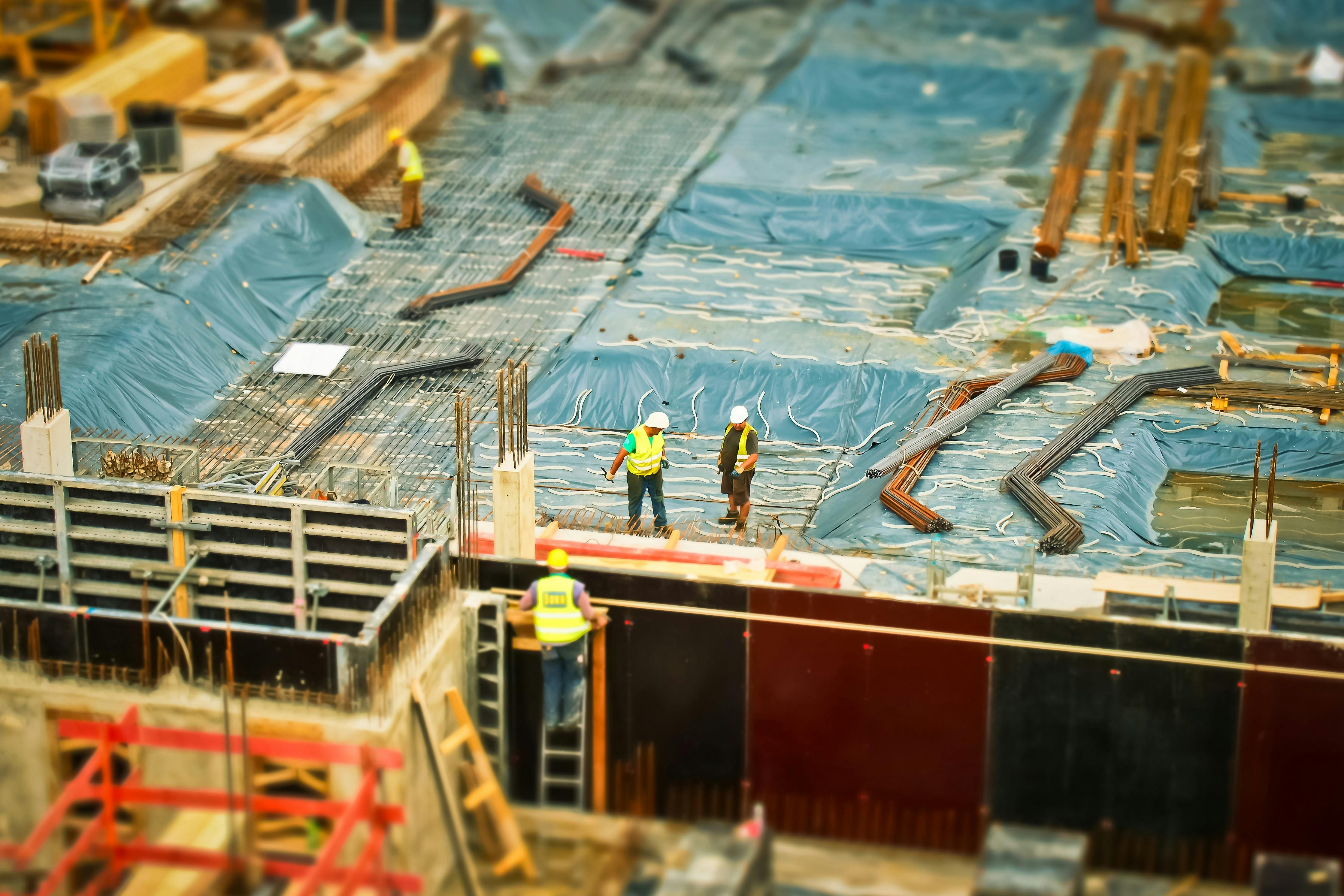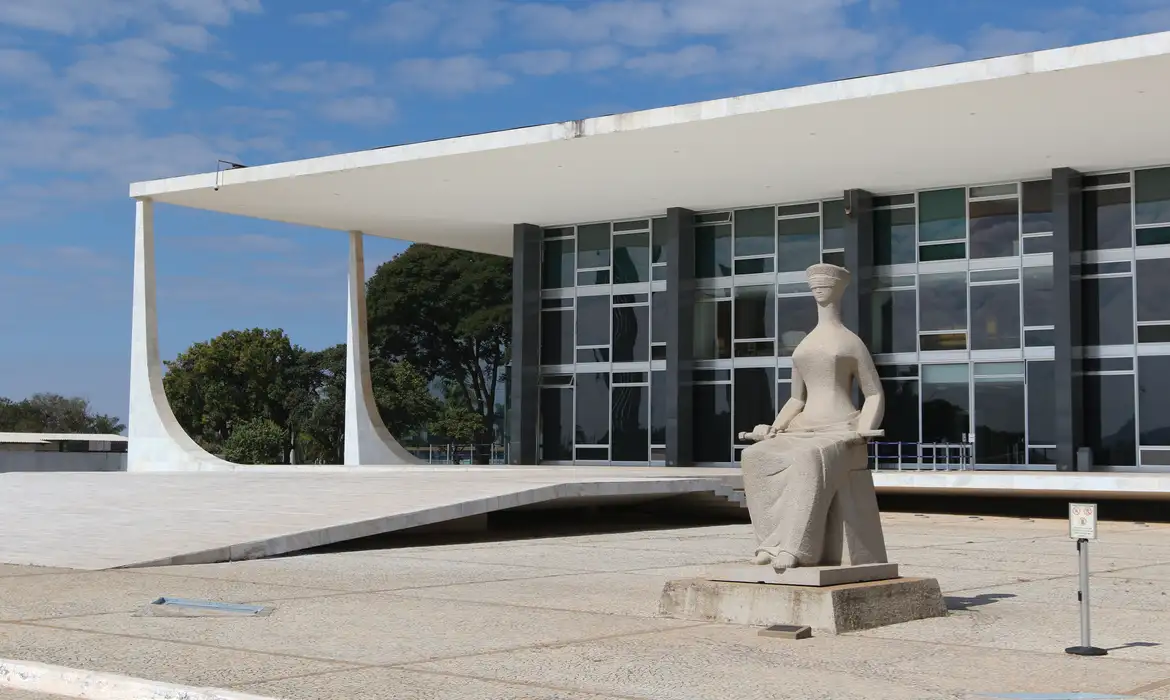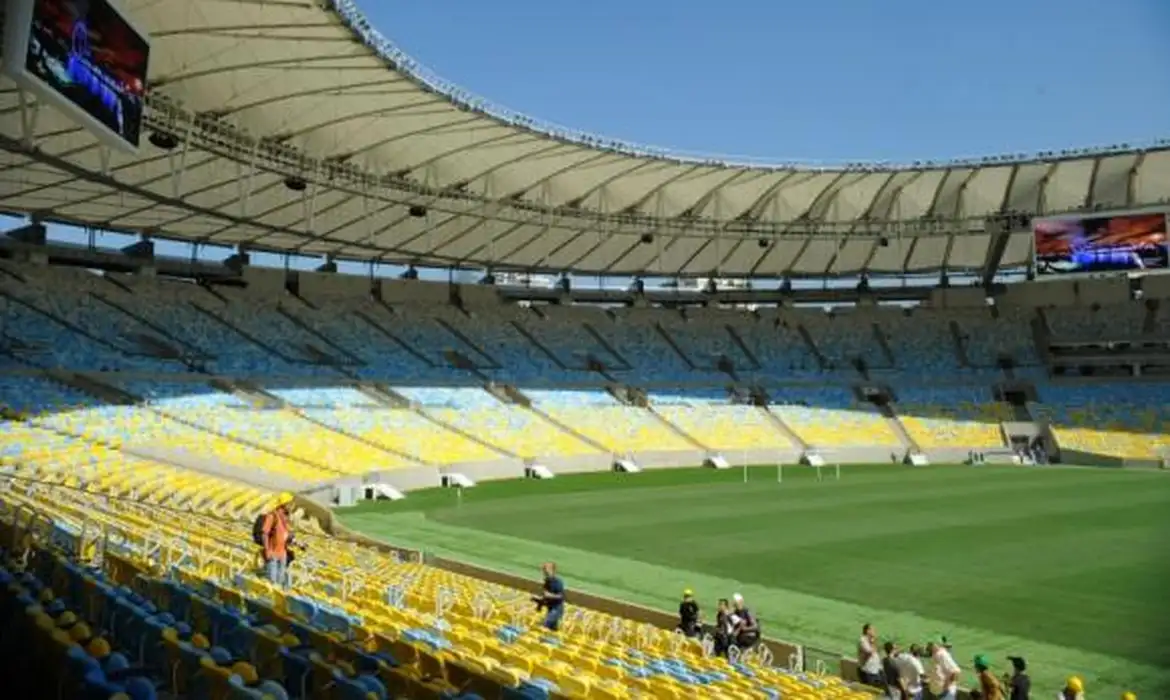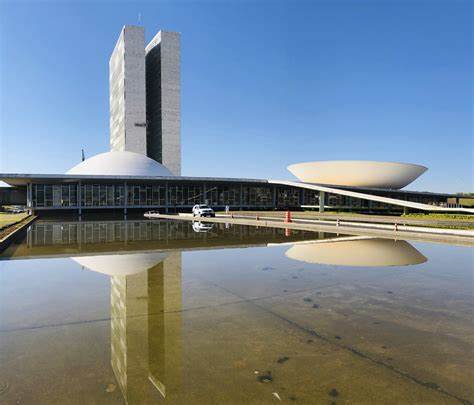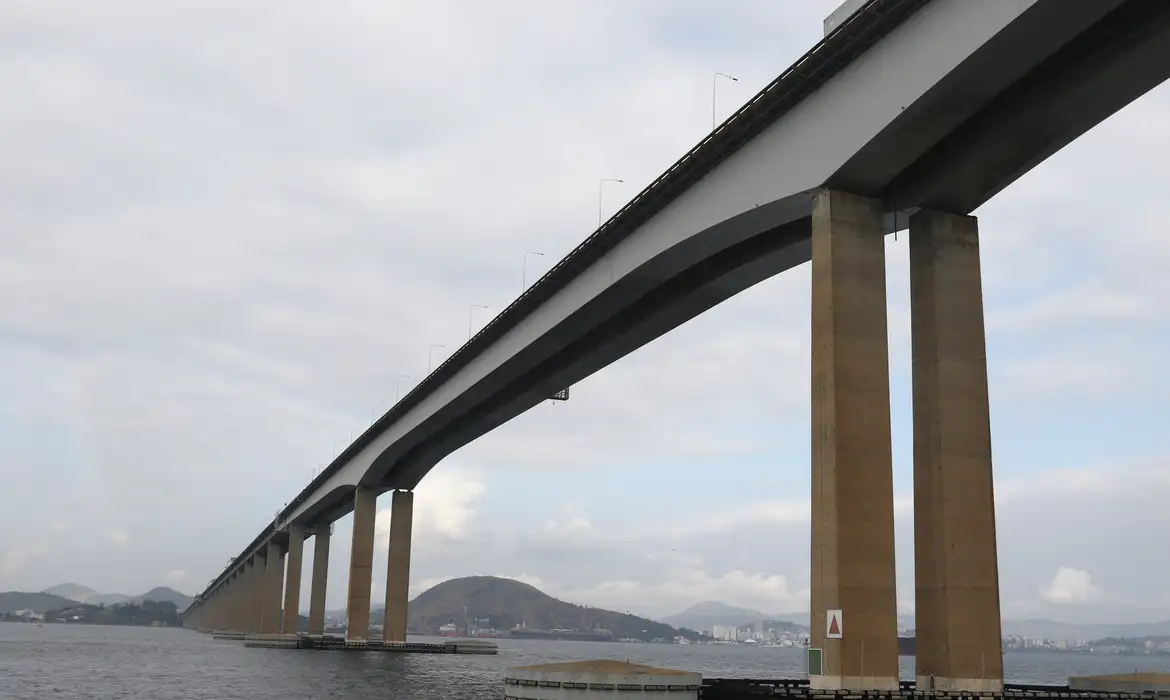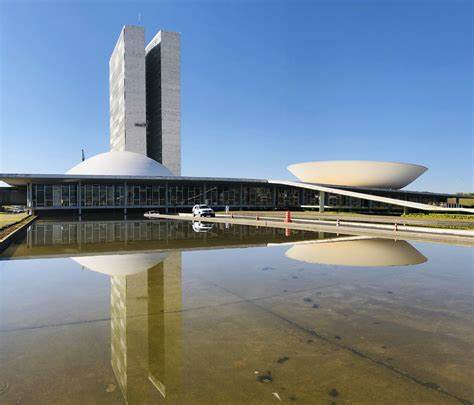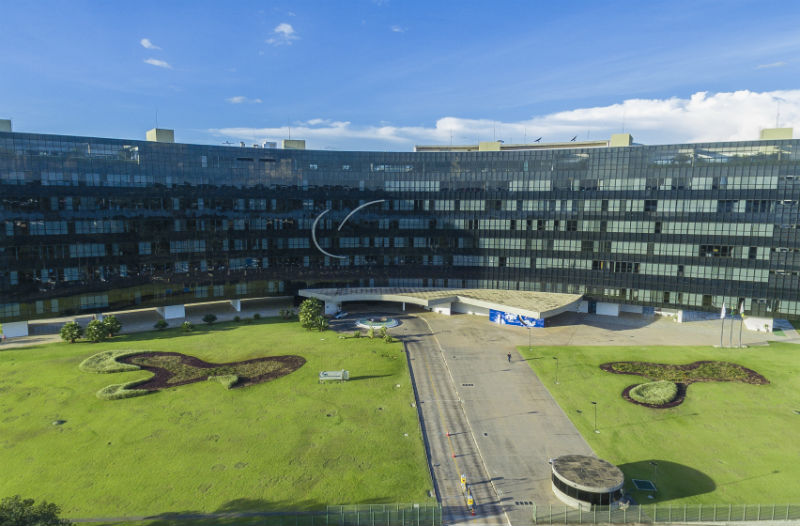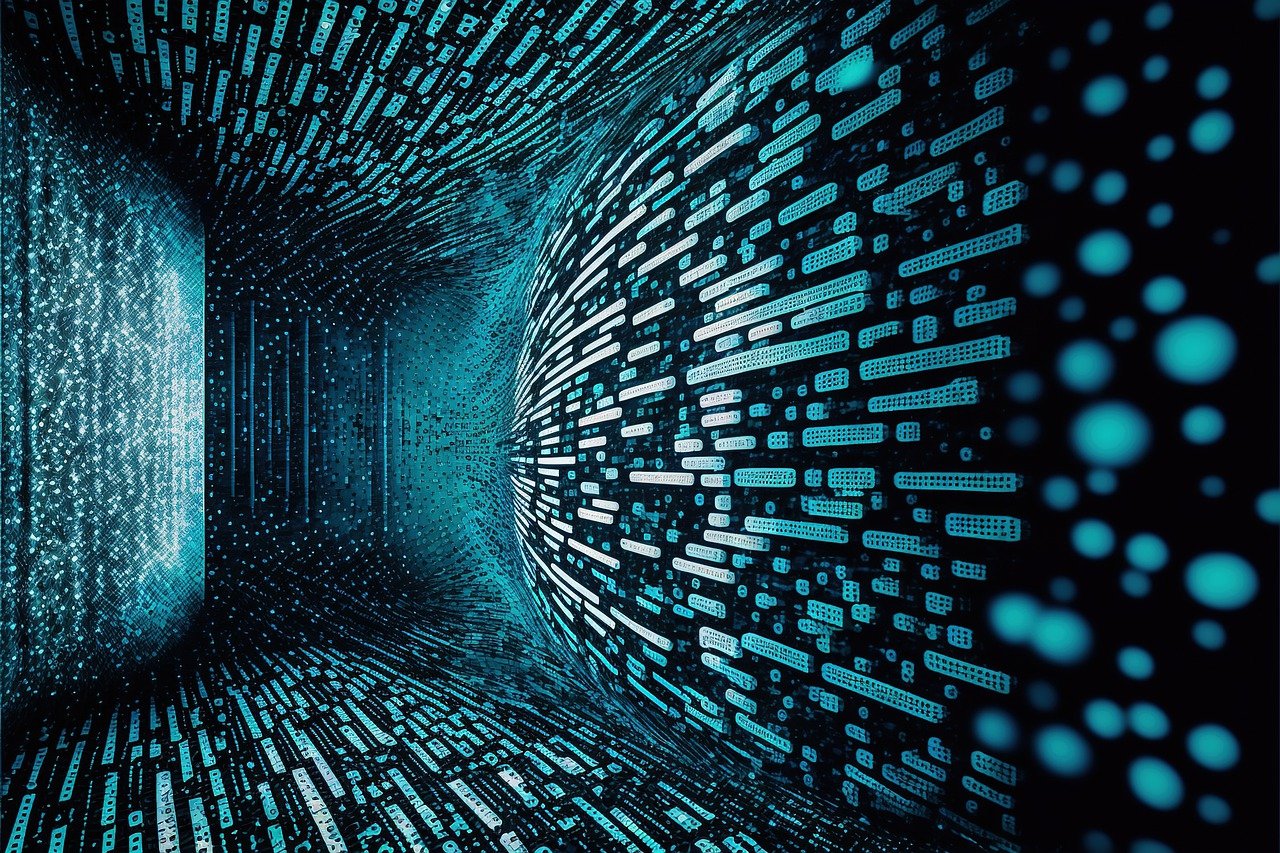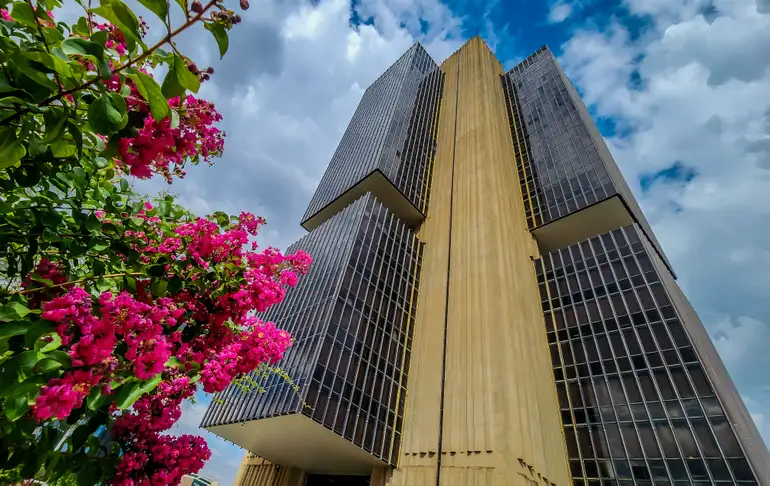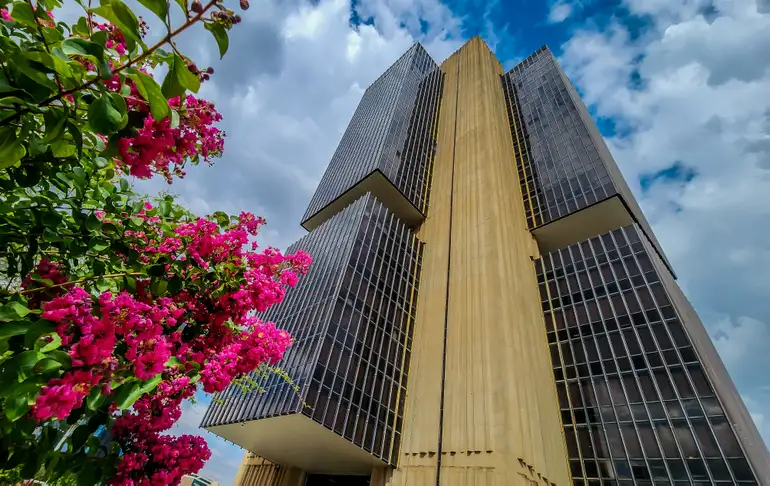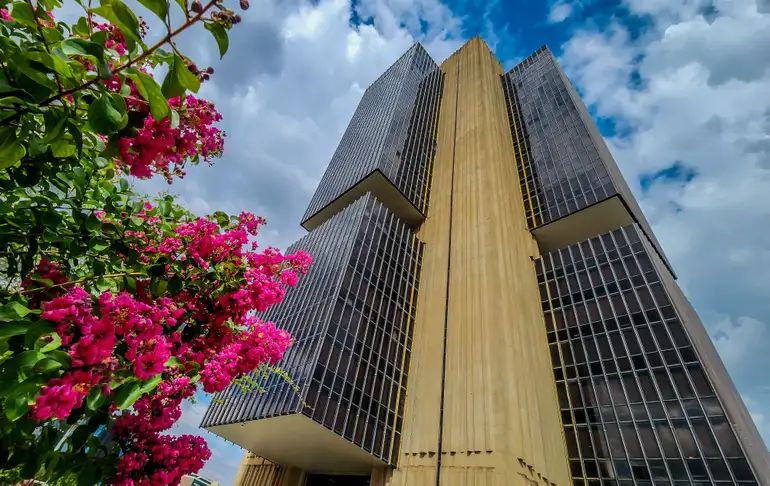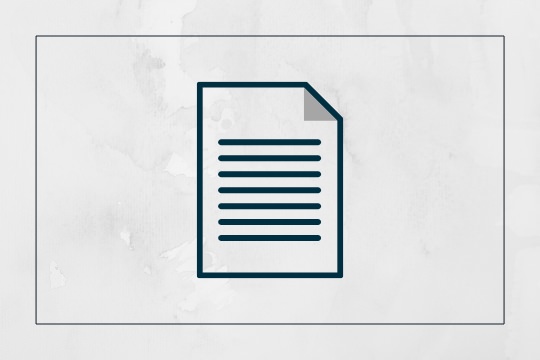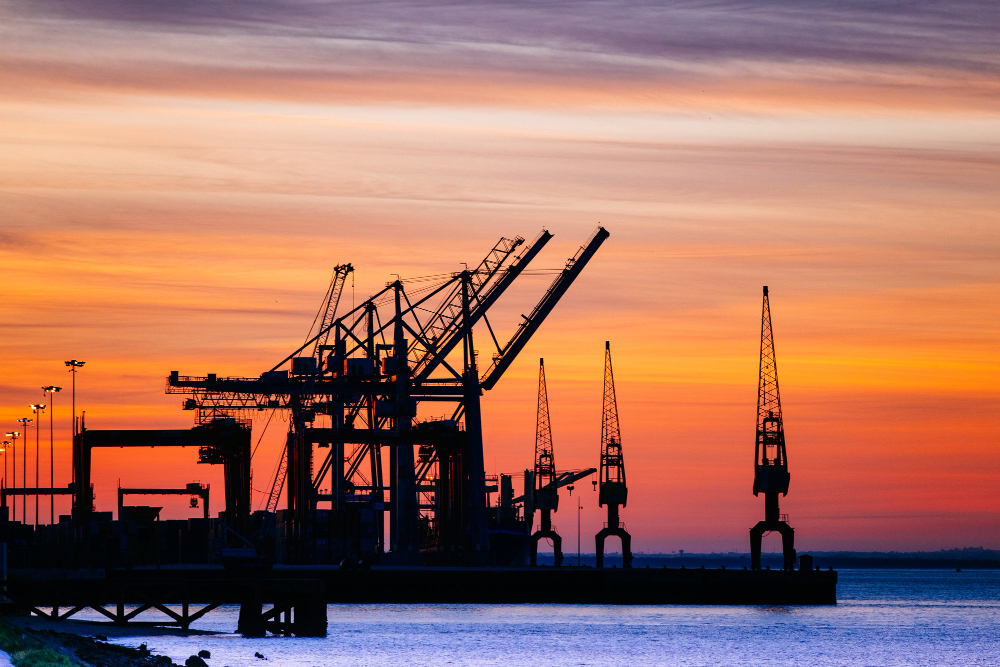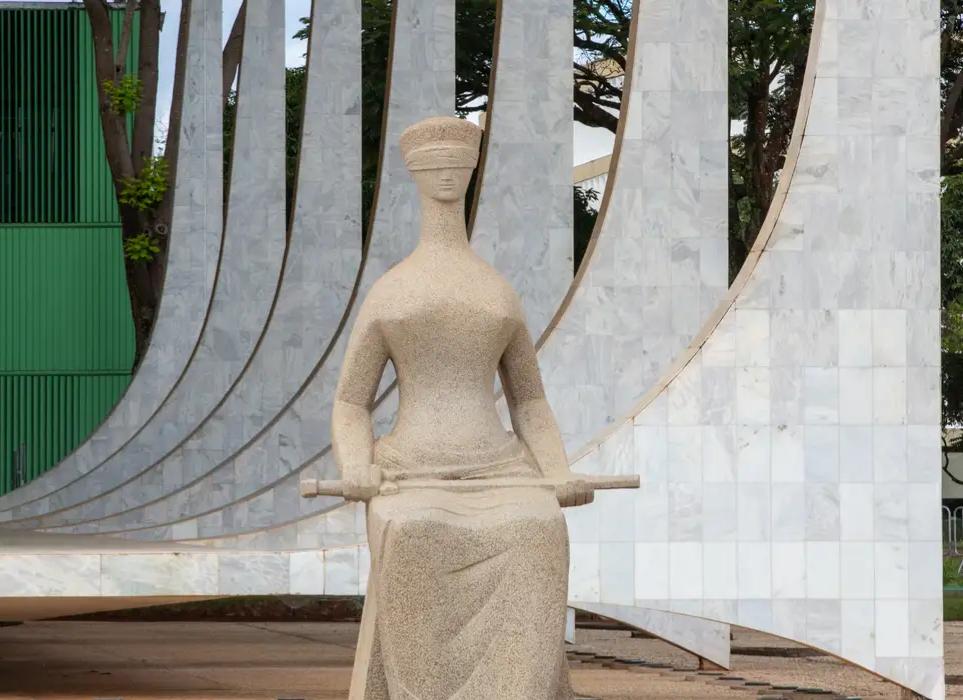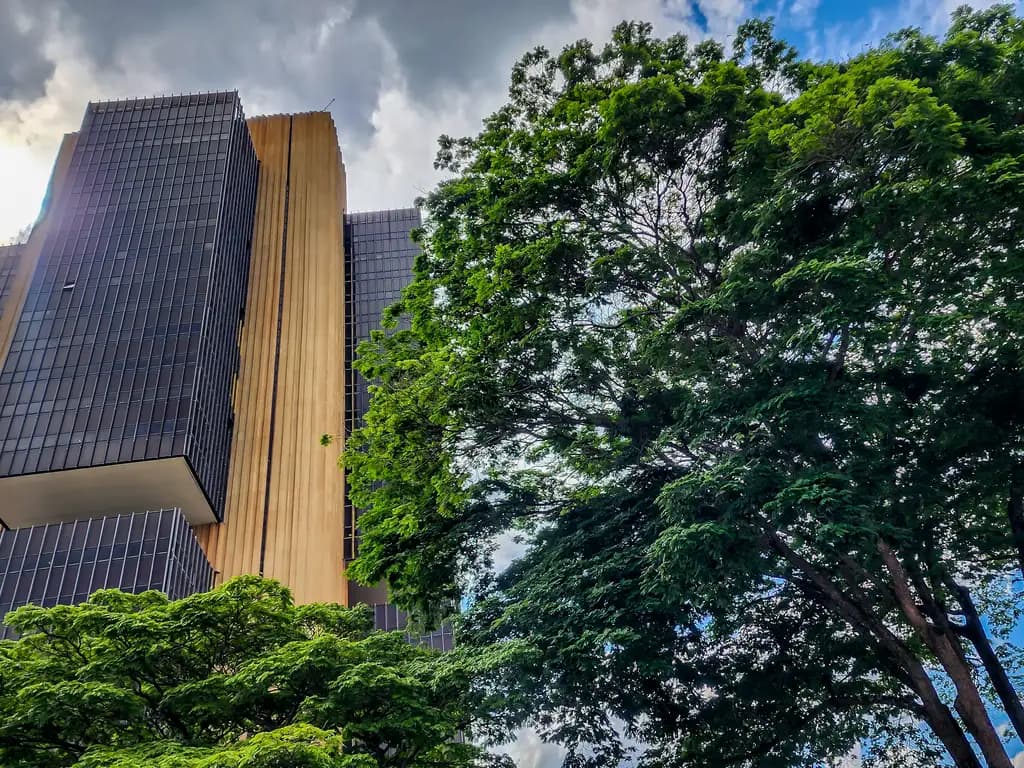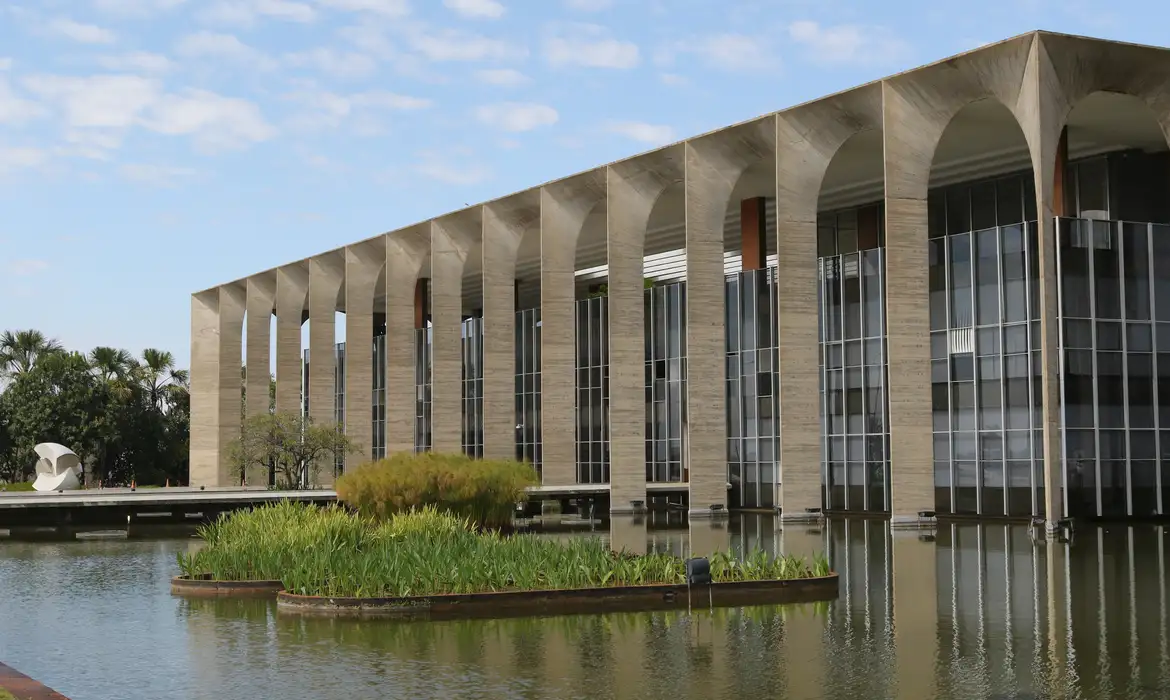Sports events are audience drivers. At a stadium or in front of a shiny screen, people cheer, watch, cry and spend money. These events attract public attention and support an entire business chain, from local bars to international private equity funds.
Broadcasting rights are one of the most important and valuable assets in this industry. During the 2020 Tokyo Olympic Games, the Jamaican athlete Elaine Thompson-Herah had her Instagram account blocked after posting footage of her own gold medal races, which are the property of the International Olympics Committee. On the opposite side of the globe, a Brazilian football state federation had to challenge 1,480 illegal broadcasts of the state championship on Facebook, Instagram and YouTube.
In Brazil, Law No. 9,615/1998 grants “arena rights” to sports entities participating in these events. As a consequence of these rights, the entities are entitled, with exclusivity, to negotiate, authorize, or prohibit the capture, broadcast or reproduction of images of sports events in which they participate.
If a sports entity licenses its broadcasting rights to free tv companies, the footage is protected as part of the media outlet signal, as a “neighboring right” under the Brazilian Copyright Law, which follows the Rome Convention of 1961 in this regard.
However, issues arise when broadcast companies rely on other technologies, such as pay-tv or online streaming. How can they halt unauthorized transmissions and claim protection for this valuable asset? Could sports events footages be protected under the copyright regime?
Customarily, such illegal broadcastings are acts of unfair competition, but the most effective means of protection would be to acknowledge that sports events’ footage is protected by the copyright regime. Sports events’ footage falls under the Brazilian Copyright Law definition of “audiovisual works”. However, under this same law, in order for an audiovisual work to be granted copyright protection, it must be a “spirit creation”, meaning that it needs to be original and result from a creative process.
At a first glance, it may seem inappropriate to use the copyright regime to protect sports events footage, as the cameras just capture what is happening in the sports arena. Also, athletes are not interpreting a role, but rather playing or performing a sport. Furthermore, the event itself already counts on the protection of another regime - the arena rights.
On the other hand, sports events footage now involves dozens of professionals, high-definition cameras, different angles, close-up replays, slow-motion and fan reaction frames, that are carefully selected by several directors. Hence, there are strong elements to argue that they should be protected under copyright due to the creativity inherent to the work.
In the nineties, the question was subject of a dispute between the producer of a newsreel and a pay-tv channel. The pay-tv company exhibited a documentary series on the life of the Brazilian football star Pelé, containing images of some of his games - without having a license agreement. The producer of the footage claimed at court that it was an unauthorized transmission that violated its copyright. The defendant argued the work’s lack of originality, and that the sports practice entities were the only ones entitled to some kind of rights, in this case the arena’s rights. The Brazilian courts (including the appeal Court) however, granted copyright protection to the footage in this concrete case.
The matter is, nonetheless, still controversial. In light of the increasing number of unauthorized broadcastings of this unique audiovisual content, ensuing from new technologies, a firm guidance by the Courts with relation to this matter becomes of paramount importance.

